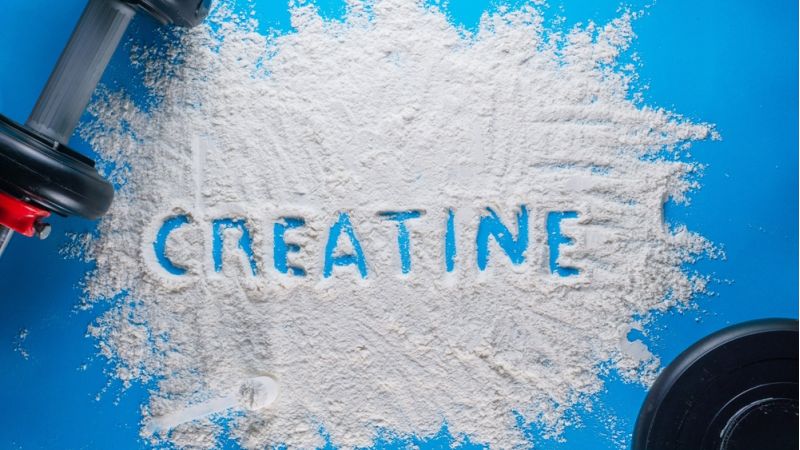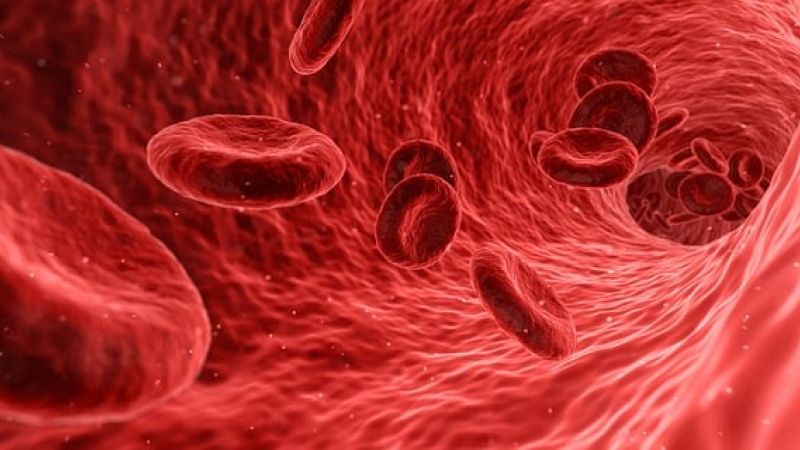
Why Muscle Is Your Biggest Alley in the Anti-Aging Strategy
Although it has been underestimated until recently, skeletal muscle is massively important for multiple functions in your body, especially the anti-aging strategy.

And why is this? Skeletal muscle is the largest endocrine organ system in the body.
This means that when you contract muscle through resistance training or cardiovascular activity, your muscles secrete hormones and peptides called myokines. These myokines travel and interact with the liver and brain and other organs, regulating many other parts of your body from hormonal to immune systems. Additionally, skeletal muscle is also the place where most of our body’s mitochondria resides.
But those are just a few aspects of skeletal muscle. It’s also the metabolic disposable unit, used for carb disposal, fatty acid oxidation and cholesterol.
Skeletal muscle is also your body armor. If you get sick, your body will pull amino acids from your skeletal muscle. Unless we are properly caring for muscle, by the time we get into our middle-age years or we get an illness, because our body has started to pull nutrients from the muscle, our aging process has already begun.
MUSCLE & PROTEIN

Interestingly enough, skeletal muscle is able to sense the quality of your diet, specifically protein. If you get your protein quantity and quality right, you can get your older muscle tissue to respond like younger muscle.
Muscle protein synthesis is a biomarker of muscle health. When you don’t trigger muscle protein synthesis (through contractual proteins and mitochondrial proteins, which comes about through aerobic exercise), your muscles are not producing myokines, which affect the entirety of your bodily systems.
If you’re going to design a diet, the evidence suggests that you need .7 to 1 gram of protein per body pound of your ideal body weight. If you don’t know what that is, Dr. Gabrielle Lyon says to pick the weight of the last time you felt amazing.
Protein is a very unique macronutrient because it is primarily the only essential macronutrient. If you’re looking to design a diet that will protect you as you age, the primary thing you need to incorporate into your diet is protein.
The way you should do that is by thinking of protein in terms of hierarchy.
With protein, it’s the first meal that matters most. Your first meal of the day should be a minimum of thirty grams of protein, and an upwards of fifty grams. The second meal doesn’t really matter. But by the third meal, getting enough protein is crucial since you will be going into an overnight fast. Your protein levels become important in order to protect your body mass.
For those choosing a plant-based protein diet, most will need to increase your protein to 35% more protein than those on animal-based diets. This is because plant-based protein absorption is significantly less. This means that the less protein you eat, the more you need it to be from an animal-based diet.
MUSCLE & CREATINE

Did you know that the naturally-occuring compound, creatine, is only found in skeletal muscle? Within muscle cells, creatine is primarily stored in the form of phosphocreatine, a high-energy compound that serves as a rapid and potent reservoir of phosphate groups.
During short bursts of intense physical activity such as weightlifting or sprinting, phosphocreatine donates its phosphate group to adenosine diphosphate (ADP), regenerating adenosine triphosphate (ATP)—which we know as the primary energy currency of cells.
This process enhances the cell’s ability to sustain brief, high-intensity efforts.
MUSCLE & NAD

In skeletal muscle, NAD plays a fundamental role in cellular respiration, particular when it comes to glycolytic and oxidative pathways, During glycolysis, NAD converts certain phosphates into ATP, which is essential for energy demands during muscle contraction.
But NAD also donates electrons to the electron transport, which allows mitochondria to synthesize and use the ATP.
NAD is integral to the efficient generation of energy required for muscle contraction and endurance, but beyond its role in energy production, NAD also influences key regulatory processes in skeletal muscle.
NAD-dependent enzymes, such as sirtuins, are involved in various cellular functions, including gene expression, DNA repair, and mitochondrial biogenesis. Sirtuins, activated by NAD, play a vital role in the maintenance of skeletal muscle health by regulating processes like protein synthesis, degradation, and cellular stress responses.
NAD has also been implicated in modulating skeletal muscle stem cell function, impacting muscle regeneration and repair.
In essence, it’s a circular system. Your body creates more energy with muscular use, and you need energy for that same muscular use.
That’s why NAD is the missing link, the lifesaving channel for your skeletal muscular dreams.
“Muscle is the organ of longevity. If we shift our paradigm of thinking to focus on muscle, we can change the way that we age and optimize our health and wellness in a way that not just creates physical strength, but creates mental strength as well.”
—Dr. Gabrielle Lyon
For more information, Dr. Gabrielle Lyon and Peter Diamandis talk about the importance of skeletal muscle at length in their recent podcast and Dr. Lyon discusses it on this blog as well.
Read More










